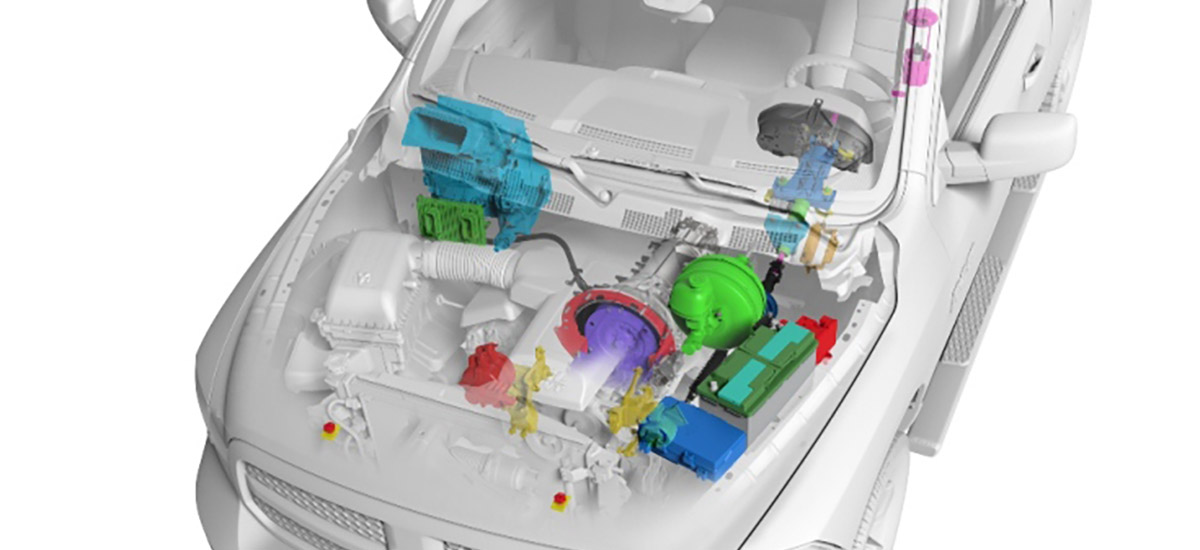
 Your Credit Estimate
Your Credit Estimate
 Your Credit
Your Credit
Your zip code helps us provide you with the most accurate vehicle pricing and vehicle availability.
We estimate your credit score to give you an idea of your monthly payments. To get an accurate payment amount, complete our credit application by clicking the Start Credit Application button below.
start credit application
When Auto Start/Stop technology for engines came out, there was a lot of controversy, and truth be told, implementing such technology is still debatable. Is turning the engine off when idle going to save enough fuel to make it worthwhile? Wouldn’t it just use more fuel to turn back on? Mainly though, the question is whether or not all that turning on and off, especially frequently in high-traffic, will harm the engine itself.
Auto Stop/Start Technology
Auto Start/Stop Technology automatically shuts off the engine when the vehicle comes to a full stop and idles for more than a few seconds. Once the driver puts pressure on the accelerator, then the engine turns back on. It’s simple, and some say it can save between 3-5% of gas in stop-and-go traffic. The technology behind it isn’t too far-fetched.
It comes down to the engine RPM. If the auto start/stop tech senses the vehicle has stopped or the RPM has fallen to a full stop, and the brake is pressed, then the technology engages, turning off the engine and disengaging the transmission. Once pressure is released from the brake pedal, the engine is restarted. As for the transmission, it is placed into a “soft neutral” with auto stop/start technology. It doesn’t necessarily change gears, nor does the driver have to place their foot on the brake pedal prior to the engine restarting.
What About Engine Damage?
True, starting up the engine has the most impact on the engine itself and where the most wear-and-tear takes place. This is because turning an engine on after not being in use for several hours or days is called a “cold start up”. Think of placing a cold mug in boiling water - except the engine won’t crack in two as quickly.
With auto start/stop technology, the engine isn’t cold. It was active just a few seconds ago and is still hot. Plus, auto start/stop technology will restart a car at a stand still if engine temperature drops significantly (assuming the key is in the ignition). Another good point, although far more technical, would be suppliers and manufacturers designing engine bearings able to withstand 250,000 to 300,000 start cycles, compared to the usual 100,000 start cycles.
So does auto start/stop technology damage the engine? It wears on the engine less than a cold start, and engines today are being built a lot tougher than they were a decade ago. You don’t need to worry. But let us know what you think. After all, it’s still up for debate on social media.